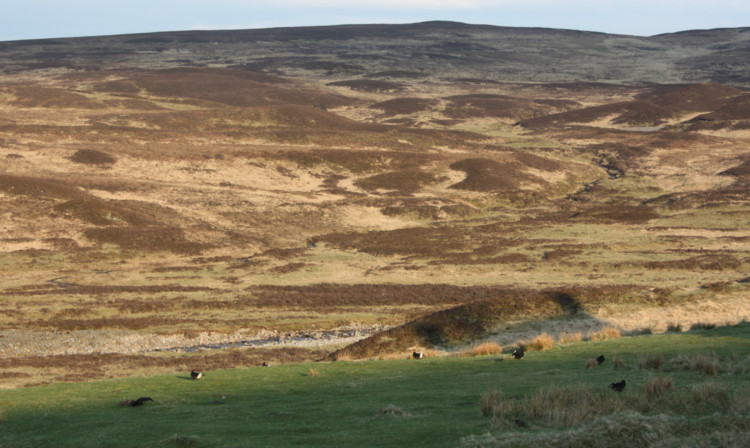The Scottish Parliament’s cross-party Rural Affairs Climate Change and Environment (RACCE) Committee has recommended that Scotland has three payment regions for the new CAP.
This goes against the Scottish Government’s published proposal that the country has only two regions.
Rural Affairs Minister Richard Lochhead has only a matter of weeks to decide exact implementation plans for the new Basic Payment Scheme and may not relish the thought of change at this stage.
The RACCE Committee is not the only body to call for three payment regions, with one for arable and permanent pasture and the other two for rough grazing (RGR).
The splitting of the rough grazing area is deemed necessary to stop excessive support payments going to the most unproductive hill land.
Committee chairman Rob Gibson MSP said: “This could have been done with a sheep top-up payment, but now that this looks less likely it is a case of looking at the land’s carrying capacity. We realise creating three regions would possibly be more complicated but it can be done.”
Graeme Dey, committee vice-chairman and SNP MSP for Angus South, said: “The problem is that everyone has asked initially for simplicity but then asked for more coupled support or other targeted measures. It all gets more complicated.”
Asked if the committee had considered the practicalities of accurately splitting RGR into two qualities in areas where fences were few and far between, Alex Fergusson, Conservative MSP for Galloway and West Dumfries, replied: “The role of the RACCE Committee is to scrutinise, rather than tell people what to do or how to do it.”
Pushed further on the matter and asked whether the Scottish Government’s administrative systems could cope with a three-region model, Mr Gibson said: “We haven’t been told that the computer system isn’t up to the task.”
As to the relatively late appearance of the submission, Mr Gibson SNP MSP for Caithness, Sutherland and Ross said that delays in meeting Defra Secretary Owen Paterson had held up the process.
Despite its cross-party make-up it appears that there has been unanimity on most matters, particularly on the timing of the introduction of the new area-based CAP and the phasing out of the existing historic system.
Immediate implementation of the new scheme next year had been ruled out on the grounds that many farm businesses were not yet prepared for the redistributive effect, which in some cases would be quite severe.
At the same time, however, there was no enthusiasm for what has become known as the ‘Irish Tunnel’, which would draw out the process even further.
A phased transition to be completed by 2019 is recommended, except for new entrants who would have immediate access.
The report is also very clear that the reference year for the new scheme should be last year rather than next year. “This is in order to limit the potential benefits to some of the land being bought or taken back in-hand to obtain entitlements,” says the submission.
The committee also makes a radical proposal on measures to mitigate climate change and emissions. It had visited the SRUC Green Cow project at Easter Howgate and was impressed at the relative ease with which emissions from livestock could be measured on a standard basis.
“It might be simple to calculate how ‘green’ the activity on a farm might be by reference to individual IACS forms,” said Mr Gibson. This information would then be used as part of the calculation to determine support payments.”
There was also strong support from the committee for measures that would increase forestry planting to nearer Government targets.
Mr Dey was critical of NFU Scotland for signing up to the aims of the Woodland Expansion Advisory Group two years ago but now arguing against the measures and asking for forestry funds to be diverted back to agriculture.
